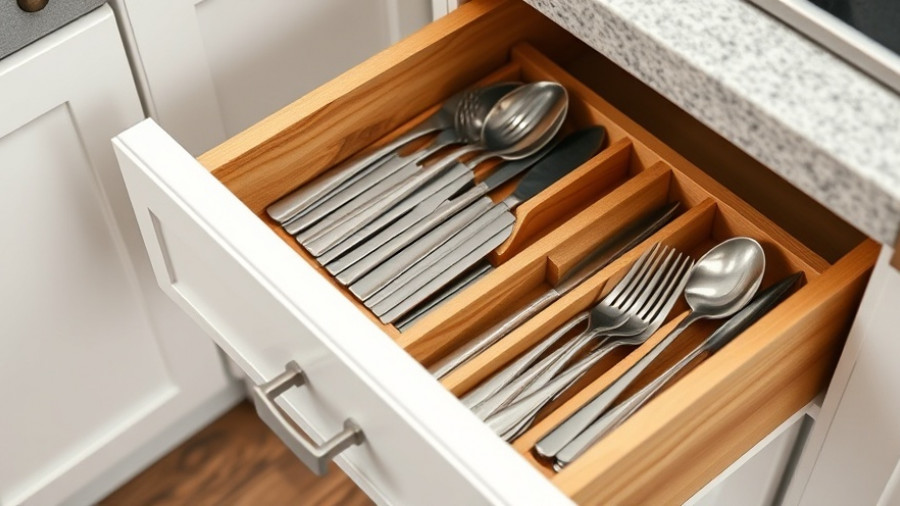
August: The Optimal Time for Exterior Painting
As the summer sun begins to dip, homeowners often think about outdoor projects before the cooler fall weather sets in. One of the most rewarding DIY projects you can undertake is painting the exterior of your home. August, in particular, provides ideal conditions for achieving a long-lasting paint job. The key lies in rates of humidity and temperature, both of which can significantly influence the outcome of your work.
In #2540 – Exterior Painting Like a Pro | Stop Roof Leaks Before They Start | Water Heater Replacement, the discussion dives into essential home projects for this summer, exploring key insights that sparked deeper analysis on our end.
Why Timing Matters in Home Renovation
During late summer, average temperatures hover between 70°F and 85°F, maximizing the chances that the paint will cure perfectly—not too hot and certainly not too cold. This is crucial, as paint requires specific temperatures to fully adhere and dry without cracking or bubbling. Hence, if painting has been on your summer to-do list, now is the perfect time to roll up your sleeves.
Preparation: The Secret to Success
Every successful exterior painting job begins with preparation. Start by cleaning the surface of your home to remove dirt, mildew, and old, flaking paint. A gentle power wash often does the trick. Next, opting for a primer can significantly improve the durability of your paint's finish while enhancing its vibrancy. Choose a product that fits your specific exterior materials—like 100% acrylic latex paint for wood and vinyl surfaces—for optimal results.
Staying Ahead of Home Repairs: The Importance of Roof Maintenance
In home improvement discussions, many homeowners neglect the health of their roofs until they appear in dire need of attention. "A stitch in time saves nine," is especially applicable here. Regular roof check-ups can help catch small issues before they become costly repairs. Companies like RoofMax offer valuable roof tune-up services that can help maintain your roof's integrity while saving you money long-term.
Water Heater Woes: When to Act
Water heaters are often taken for granted—until things go wrong. If your system is over ten years old or showing signs like rust-colored water or unusual noises, it might be time for a replacement. There are energy-efficient options available today, including tankless models that can give you hot water on demand, potentially saving you money in the long run. Regular maintenance, such as flushing the tank annually, can extend the life of existing units.
Take Action: Embrace the Season's Opportunities
With the summer months winding down, this is an opportune moment to tackle those home improvement projects. Whether you're finally getting around to painting your house, checking in on your roof, or considering a water heater upgrade, staying proactive not only elevates your home's appearance and functionality but can also yield significant long-term savings.
Don't wait for emergencies to prompt action; tackle these issues now and enjoy a fresh and functional living environment. Each step, no matter how small, contributes immensely to the maintenance and beauty of your home.
 Add Row
Add Row  Add
Add 




Write A Comment